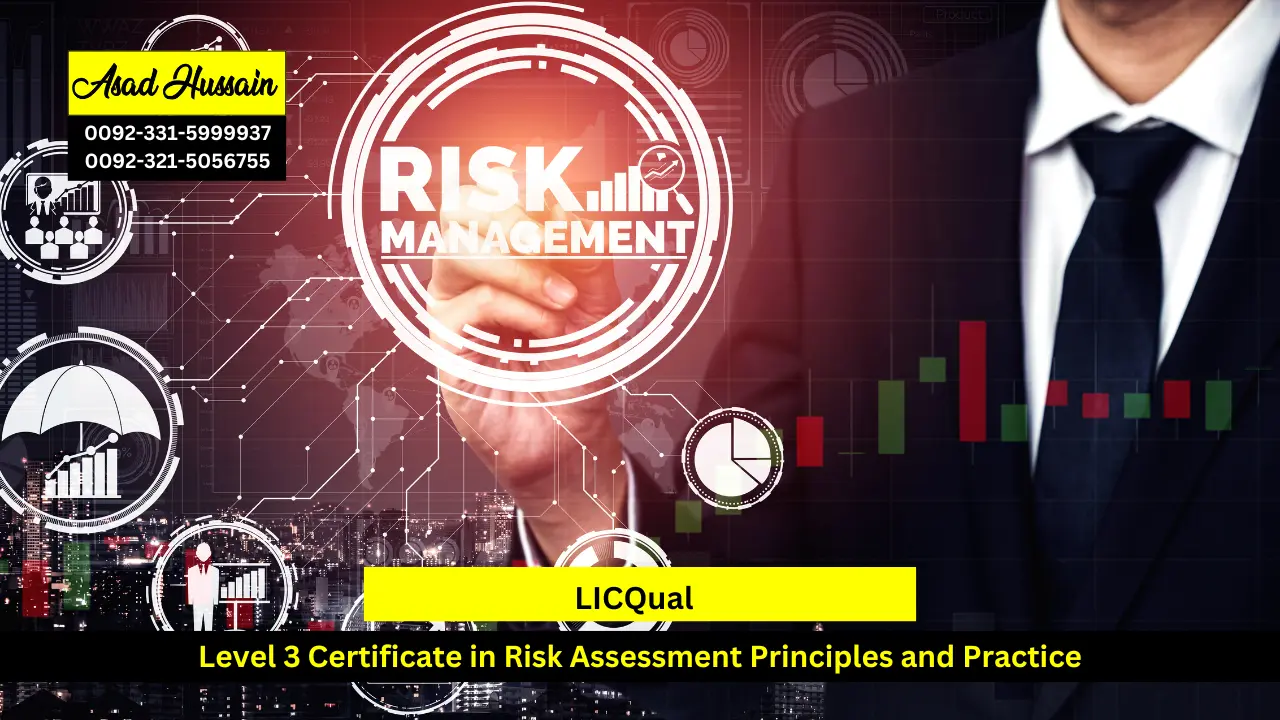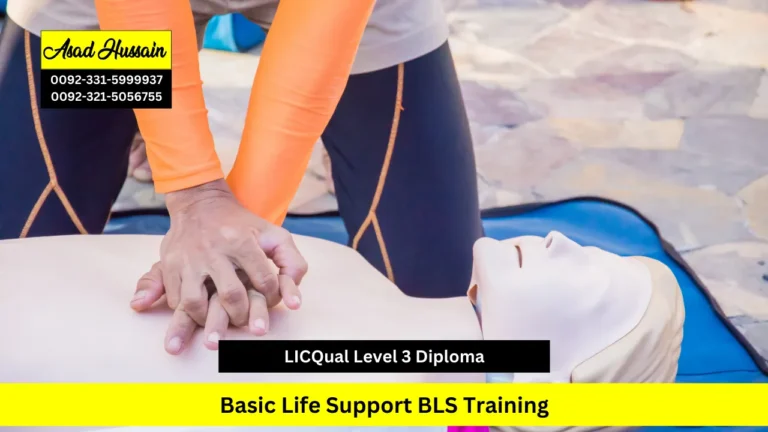In today’s dynamic and ever-evolving workplace environment, understanding and managing risks is essential. Whether you are a seasoned professional or just starting your career, having a solid foundation in risk assessment principles and practice is invaluable. The Level 3 Certificate in Risk Assessment Principles and Practice is designed to equip you with the knowledge and skills necessary to identify, evaluate, and manage risks effectively in various contexts. Let’s explore why this certification is a game-changer for your professional growth.
The Level 3 Certificate in Risk Assessment Principles and Practice is a comprehensive program that provides learners with a thorough understanding of the principles and practices involved in risk assessment. This certification is ideal for individuals responsible for health and safety in the workplace, including managers, supervisors, and health and safety practitioners. It covers the fundamental concepts of risk assessment, focusing on practical application and real-world scenarios.
Investing in the Level 3 Certificate in Risk Assessment Principles and Practice is a smart move for anyone looking to enhance their career prospects and contribute to a safer working environment. With its comprehensive curriculum, practical approach, and industry recognition, this certification equips you with the skills and knowledge necessary to excel in the field of risk assessment. Don’t miss out on this opportunity to advance your career and make a positive impact in your workplace. Enroll today and take the first step towards becoming a proficient risk assessment professional.
Program Highlights
Mandatory Units
- Introduction to Risk Assessment
- Risk Identification
- Risk Assessment Techniques
- Risk Evaluation and Control
- Communication and Documentation
- Assessment Principles and Practice
- Before enrolling in the Level 3 Certificate in Risk Assessment Principles and Practice, it’s important to understand the prerequisites and entry requirements to ensure you are adequately prepared for the course. Here’s what you need to know:
- 1. Educational Background
- While there are no specific formal educational qualifications required, it is generally recommended that candidates have a basic understanding of health and safety principles. This could be demonstrated through relevant coursework or practical experience in a related field. A high school diploma or equivalent is usually sufficient.
- 2. Work Experience
- Although not always mandatory, having some level of work experience in a role related to health and safety, management, or a similar field can be beneficial. This experience will help you better understand the practical applications of risk assessment principles covered in the course.
- 3. Language Proficiency
- Since the course materials and assessments are typically conducted in English, a good command of the English language is essential. You should be able to read, write, and understand English at a level that allows you to comprehend course content and complete assignments effectively.
- 4. IT Skills
- Basic IT skills are necessary as the course may involve online learning platforms, digital resources, and the completion of assignments using a computer. Familiarity with using word processors, spreadsheets, and online communication tools will be helpful.
- 5. Commitment and Motivation
- The Level 3 Certificate in Risk Assessment Principles and Practice requires a commitment to studying and completing coursework. Being self-motivated and organized will help you manage your study time effectively and succeed in the program.
- 6. Additional Recommendations
- Interest in Health and Safety: A genuine interest in improving workplace safety and understanding risk management will enhance your learning experience and application of the course content.
- Professional Goals: Clear career goals related to health and safety or risk management can provide additional motivation and focus throughout the course.
- 7. Application Process
- Before applying, ensure that you meet the general requirements outlined by the institution offering the course. Some providers may have specific prerequisites or additional application procedures, so it’s advisable to check their guidelines or contact their admissions office for detailed information.
Introduction to Risk Assessment
- Understand the Fundamentals: Demonstrate a comprehensive understanding of the purpose and importance of risk assessment in maintaining workplace safety and compliance.
- Explain Key Concepts: Describe key concepts related to risk assessment, including the definitions of hazard, risk, and risk management.
- Recognize Legal Requirements: Identify relevant legislation, standards, and guidelines that govern risk assessment practices.
Risk Identification
- Identify Hazards: Develop the ability to systematically identify potential hazards in various workplace environments.
- Apply Identification Methods: Utilize effective methods and tools for hazard identification, including checklists, inspections, and hazard reporting systems.
- Assess Sources of Risk: Recognize different sources of risk, including physical, chemical, biological, ergonomic, and psychosocial hazards.
Risk Assessment Techniques
- Select Appropriate Techniques: Choose and apply suitable risk assessment techniques based on the nature of the hazard and the context of the workplace.
- Conduct Risk Assessments: Perform thorough risk assessments using techniques such as qualitative and quantitative methods, fault tree analysis, and failure modes effects analysis.
- Interpret Results: Analyze and interpret assessment results to determine the severity and likelihood of identified risks.
Risk Evaluation and Control
- Evaluate Risk Levels: Assess the level of risk associated with identified hazards by considering the likelihood of occurrence and potential impact.
- Implement Control Measures: Develop and recommend effective risk control measures and strategies to mitigate or eliminate identified risks.
- Review and Monitor: Implement a process for reviewing and monitoring the effectiveness of control measures and making necessary adjustments.
Communication and Documentation
- Communicate Findings: Effectively communicate risk assessment findings and recommendations to relevant stakeholders, including management, employees, and regulatory bodies.
- Document Assessments: Accurately document the risk assessment process, including hazard identification, risk evaluation, control measures, and any follow-up actions.
- Prepare Reports: Create clear and comprehensive risk assessment reports that include all necessary details and comply with legal and organizational requirements.
The Level 3 Certificate in Risk Assessment Principles and Practice is ideal for individuals who are responsible for health and safety within their organizations, including managers, supervisors, and safety officers. It is particularly beneficial for those who wish to deepen their understanding of risk management and enhance their practical skills in conducting risk assessments. This course is also suited for employees aiming to advance their careers in health and safety roles or those preparing for more specialized positions. Additionally, it provides valuable knowledge for anyone interested in ensuring a safe and compliant workplace by effectively identifying, evaluating, and controlling risks. Whether you’re looking to strengthen your current role or transition into a health and safety career, this course offers the essential tools and insights needed to excel.







